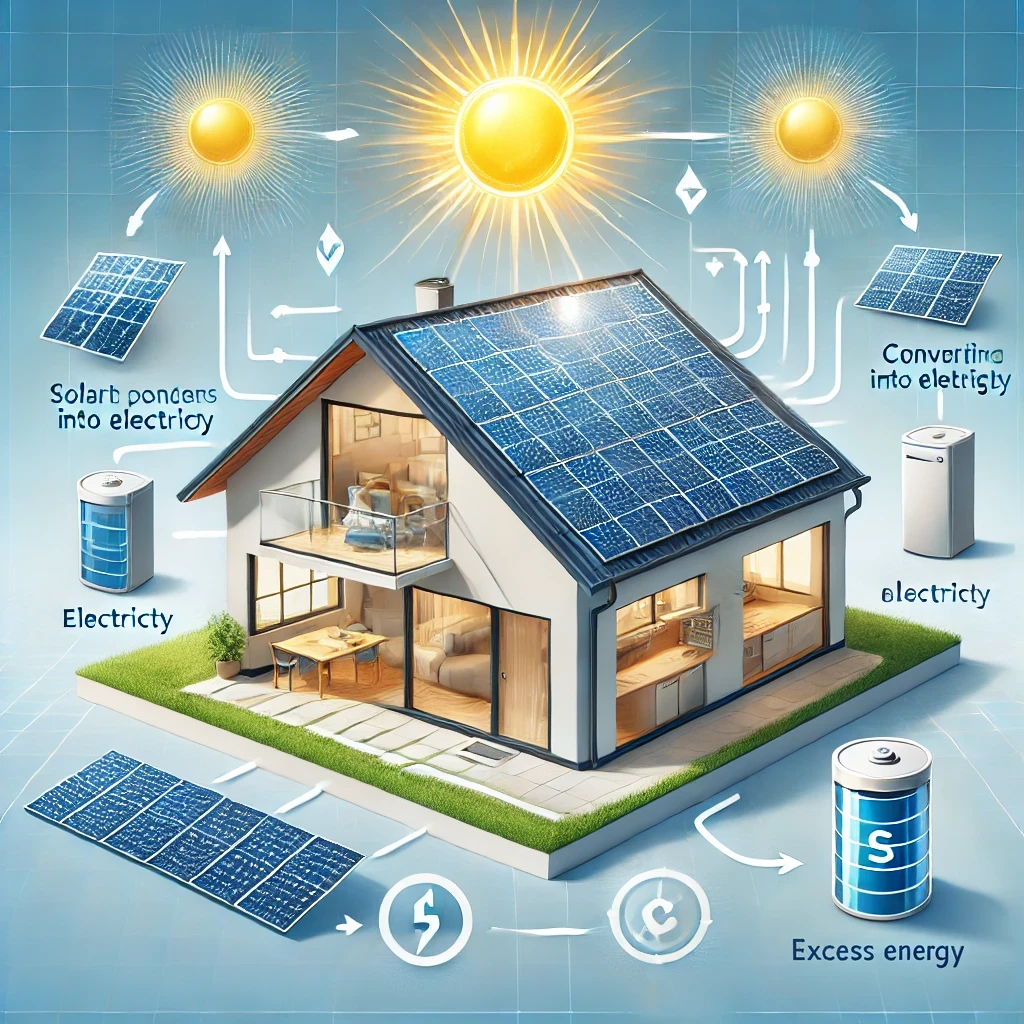Slash Your Energy Bills with Sustainable Solar Panel Installation – A Smart Investment for Your Home or Business!
Our solar panels, meticulously designed and installed by Fox ESS, are engineered for durability and maximum energy production. They are built to withstand harsh weather conditions, ensuring long-term reliability and performance. With Enphase’s advanced microinverters, each solar panel operates independently, optimizing energy generation and delivering superior efficiency. This means you get the most out of every ray of sunshine, maximizing your energy savings and reducing your carbon footprint. The seamless integration of Fox ESS and Enphase products ensures a seamless solar experience, providing you with clean, reliable, and cost-effective energy for years to come. Embrace the future of energy with our trusted partnership and enjoy the benefits of sustainable living.


A solar panel works by what’s known as the photoelectric effect – the fact that some materials emit electrons when light is shone on them. Inside each solar cell are 2 thin layers of silicon crystal. Both layers have been interfered with slightly so that their atoms are unstable. The atoms on the top layer all have 1 electron too many, and the atoms on the bottom layer all have too few electrons. Atoms don’t like having the wrong number of electrons, so the top ones are keen to get rid of their extra electrons, while the bottom ones are eager to acquire some. However, the electrons need to be exposed to sunlight to give them the energy to get moving. And when electrons move, they create an electric current. At this stage, the electricity will be DC (direct current) – the kind of electricity you get in batteries – so you’ll have a device called an inverter, which turns it into AC (alternating current) electricity, the kind that comes off the mains and powers your home's appliances.
WhatsApp us